Really confused here...
Have a queue with dead letter props set...
var amqp = require('amqp'),
conn = amqp.createConnection();
var key = "batch.delay." + (new Date().getTime()).toString();
var options = {
arguments: {
"x-dead-letter-exchange": "immediate",
"x-message-ttl": 30000,
"x-expires": 40000,
"x-dead-letter-routing-key": 'hit.api'
}
};
conn.queue(key, options);
and defining the actual exchange...
conn.exchange('immediate', {
durable: true,
autoDelete: false,
type: 'direct'
}, function (exchange) {
// other thing...
});
The problem is that all traffic is going through the default exchange and not the dead letter exchange. The ttl props are being honored but not the exchange name. That is seen here...

Ideas?
Edit:
below you can see the queues created that should funnel into the DLX once they expire.

